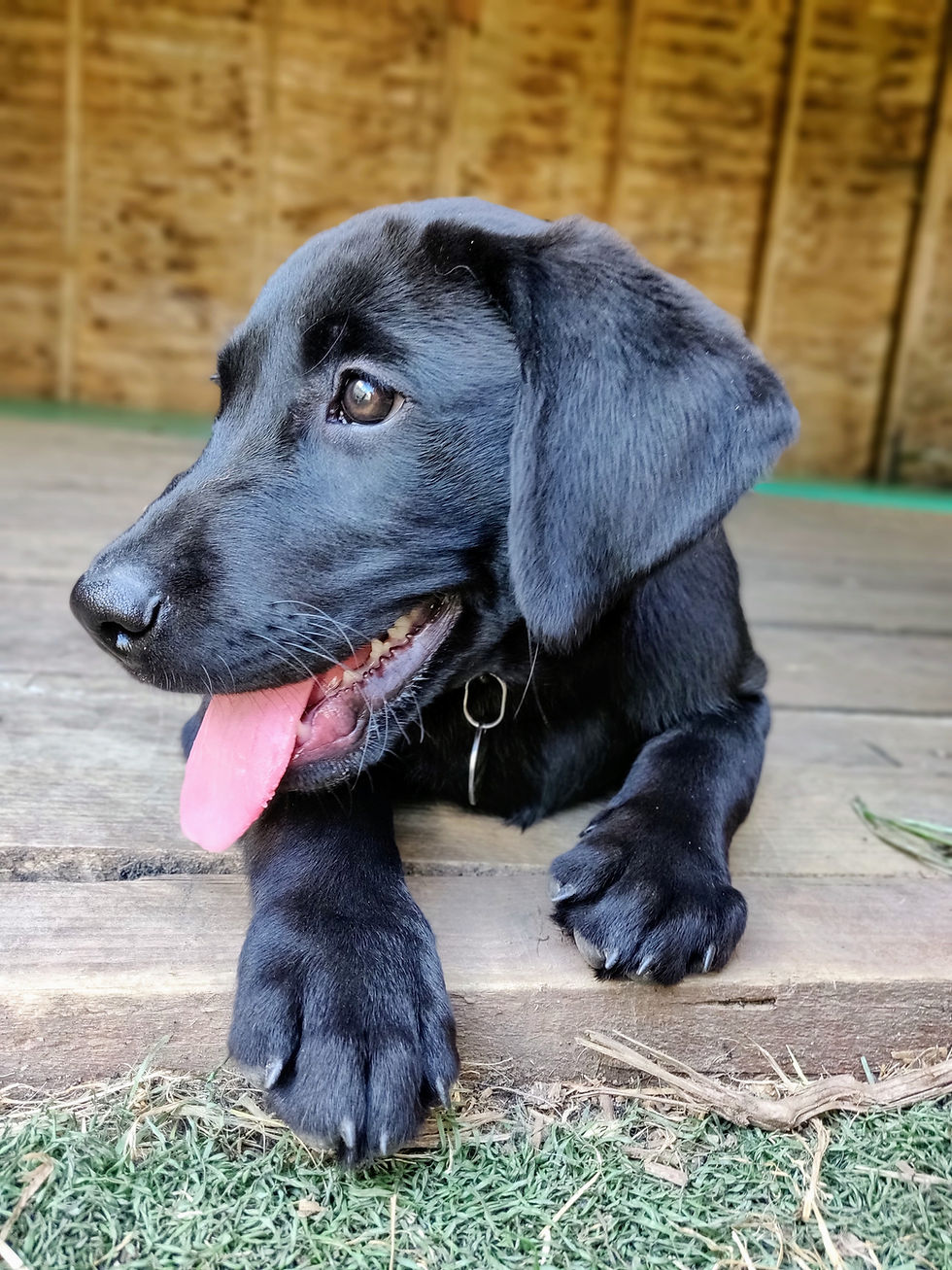Coronavirus: Separation Anxiety Worries
- Edward Kirwan

- Apr 27, 2020
- 2 min read
The Dogs Trust, Uk's largest dog welfare charity, recently issued an urgent warning related to future concerns that high levels of separation anxiety could develop when the lock down lifts and normal routines work begin.

Rachel Casey, Director of Canine Behaviour and Research at Dogs Trust, said: “For many of us it has been great to spend so much time with our dogs during lockdown and mostly our dogs love us being around too. But all this extra attention could potentially create a ticking time bomb of separation anxiety for our dogs.
"If they expect us to be about all the time, it will be more difficult for them to cope once we go back to our normal lives and aren’t in the house 24/7."

What is separation anxiety??
The RSPCAS definition of separation anxiety is; 'a behaviour that only occurs when the dog is separated from their owner and in many cases is because they are feeling distressed'. There are several more obvious indicators of Separation Anxiety, these being:
1. Howling/Barking
2. Destructive Behaviour
3. Unwanted Toileting
3. Trembling/whining/pacing
4. Excess Salivation
5. Vomiting
6. Repetitive Behaviour
7. Self mutilation (Biting/sucking/licking)
The biggest issue however, as stated by the RSPCA, is "Returning to a dog who is really happy to see you doesn't mean that he or she hasn't been suffering silently while you've been out... So how can we detect if our dog is suffering from SA?
- Separation Anxiety behaviours usually occur quite quickly after the owner has left the house. Using a camera to observe your dogs behaviour is a great tool to help identify possible SA.

What tips can we use to allow dogs to cope when they are faced with being left alone once again?
1. Leave a 'Special' toy.
Make sure this toy is only for when you are away & remove it when you return. A kong is a great toy in which they work for their treat. A safe chew is also a great boredom buster.
2. Morning Exercise.
Combine a morning walk before work into your routine. Tiring your dog with some exercise and toileting, will allow your dog to relax for when you are leaving for work.
3. Perfect your exit.
During early training, start by leaving your dog for short periods, then return. Gradually increase this length of time. Your dog should then become reassured in the fact that when you do leave you will return.
4. Relaxation Scent.
Use a plugin diffuser or a collar that releases calming pheromones. Leaving your dog with a piece of clothing you have worn also helps a dog to relax... So dig out an old pair of PJ'S.
5. Doggy Daycares
Separate anxiety is one of the very reasons why Eddies Doggy Daycare exists. Both the RSPCA & PDSA recommend a Dog Daycare service as an option to avoid Separation Anxiety. Doggy Daycares provides your dog with exercise, mental stimulation and a consistent routine all day; all of which can help soothe separation anxiety. Plus it offers the additional benefit of your pet receiving daily care, from trained professionals, who genuinely care for your pets and who are trained to recognise destructive behaviour and work with your pet to overcome it.







Comments